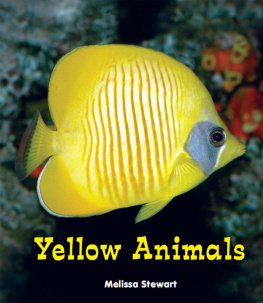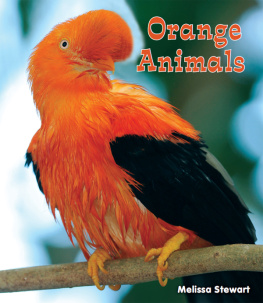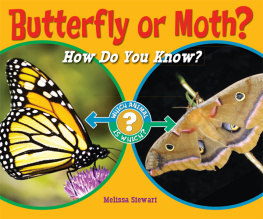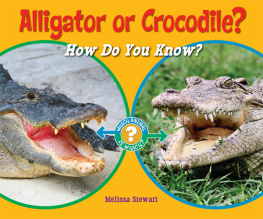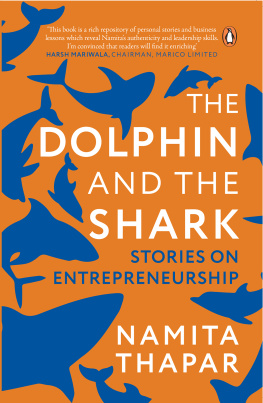Animal Look-Alikes
How can you tell a shark from a dolphin? What is the difference? Find all the tips and hints you need to tell these two animals apart!
"Fun and informative! These books celebrate the delightful differences between animals that seem similar, and invite young readers to learn the important clues that tell them apart."
Helen Hess, PhD, Series Science Consultant
Professor of Biology, College of the Atlantic, Bar Harbor, Maine
"Beginning readers will be fascinated with these fact-filled and easy-to-read books."
Allan A. De Fina, PhD, Series Literacy Consultant
Dean, College of Education/Professor of Literacy Education
New Jersey City University
Past President of the New Jersey Reading Association
Note to Parents and Teachers
The Which Animal Is Which? series supports the National Science Education Standards for K4 science. The Words to Know section introduces subject-specific vocabulary words, including pronunciation and definitions. Early readers may need help with thesenew words.
About the Author
Trained as both a scientist and journalist, Melissa Stewart is the award-winning author of more than 100 books for young readers. While gathering information for her books, Melissa has explored tropical forests in Costa Rica, gone on safari in Kenya and Tanzania, and swum with sea lions in the Galpagos Islands.

fish (FISH)An animal that has a backbone and gills. Its body temperature matches the water it is swimming in.
mammal (MAH muhl)An animal that has a backbone and lungs. It always has the same body temperature. The mother feeds its baby milk.
oxygen (AHK suh jen)A gas that has no color or smell. Living things need oxygen to live.
predator (PREH duh tur)An animal that hunts and kills other animals for food.
prey (PRAY)An animal that is hunted by a predator.


Image Credit: iStockphoto.com: Chris Dascher

Image Credit: Shutterstock.com
Which of these animals is a shark? Which one is a dolphin? Do you know?

Image Credit: Shutterstock.com
A shark is a fish. All fish live in the water. A fish has a backbone and gills. Its body temperature changes to match the water it is swimming in.

Image Credit: Shutterstock.com
A dolphin is a mammal. Most mammals live on land. A mammal has a backbone and lungs. It always has the same body temperature. The mother feeds its baby milk.

Image Credit: Photo Researchers, Inc.: Eye of Science
These shark scales are shown 35 times bigger than they are in real life.
A shark has scales. They cover the skin on its body. Scales protect a fish like a suit of armor.

Image Credit: Shutterstock.com
Bottlenose dolphin
A dolphin does not have scales. A thick layer of fat below the skin keeps a dolphin warm.

Image Credit: Shutterstock.com
Reef shark
A shark has a powerful tail that pushes it through the water. The tail bends from side to side.

Image Credit: Tui De Roy
Bottlenose dolphins
A dolphins strong fluke moves up and down as it swims.

Image Credit: Shutterstock.com
A shark has gills. Gills take oxygen from the water. Sharks need oxygen to live and grow.

Image Credit: PacificStock/Photolibrary
A dolphin has lungs. Lungs take oxygen from the air. A dolphin breathes through a hole on the top of its head.

Image Credit: SeaPics.com
Tiger shark pup
A young shark is called a pup. Mother sharks do not take care of their pups.

Image Credit: Debra McGuire
Atlantic bottlenose dolphins
A baby dolphin is called a calf. It drinks milk from its mothers body. The calf stays with its mother for three to six years.

Image Credit: Michael Patrick O'Neill
Bull shark
A shark uses smell to find food. Some sharks can smell ten thousand times better than you.

Image Credit: Minden Pictures: Hiroya Minakuchi
Atlantic spotted dolphin
A dolphin uses sound to find food. As a dolphin swims, it makes clicking noises. If the sounds hit a fish, the noise bounces back. Then the dolphin grabs its prey.

Image Credit: iStockphoto.com: Chris Dascher
Its an shark!

Image Credit: Shutterstock.com
Its a dolphin!









